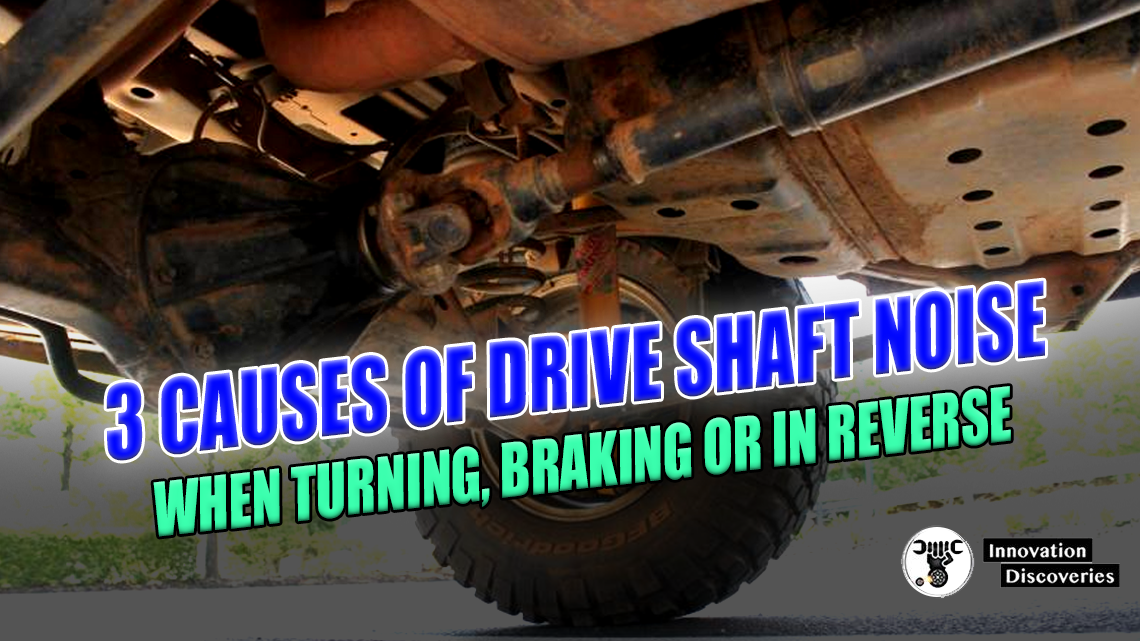The driveshaft, also known as a propeller shaft, is a mechanical component of a vehicle’s drivetrain system. Its primary function is to transmit torque or rotational power from the engine or transmission to the wheels, allowing the vehicle to move forward or backward.
The driveshaft is typically a long, cylindrical metal shaft that connects the transmission output shaft to the differential input shaft in rear-wheel drive or four-wheel drive vehicles.
Read – How Power Steering Works?
Working of the Driveshaft
Power Transmission:
The driveshaft begins its function at the transmission output shaft, where it receives rotational power from the engine or transmission. This power is transferred through the driveshaft to the differential, which distributes the power to the wheels.
Universal Joints (U-joints):
The driveshaft is equipped with one or more universal joints, also known as U-joints. U-joints are flexible couplings that allow the driveshaft to accommodate changes in angle and rotational speed between the transmission and differential. They consist of two yokes connected by a cross-shaped component, with bearings at the ends of each cross arm. U-joints enable the driveshaft to transfer torque while allowing for suspension movement and changes in driveshaft length due to suspension travel.
Balanced Rotation:
The driveshaft rotates at high speeds, and any imbalance can cause vibrations and other issues. To ensure smooth operation, driveshafts are carefully balanced. Weighted counterweights or removable weights are added to the driveshaft during manufacturing to counterbalance any weight discrepancies. This balancing process minimizes vibrations and ensures a smoother transfer of power.
Constant Velocity Joints (CV Joints):
In some vehicles, especially those with independent rear suspension or front-wheel drive configurations, constant velocity joints (CV joints) are used in the driveshaft. CV joints provide constant rotational velocity regardless of the driveshaft angle, allowing smooth power delivery to the wheels during turns or suspension movement.
Driveshaft Length and Design:
The length and design of the driveshaft vary depending on the vehicle’s layout and drivetrain configuration. In rear-wheel drive vehicles, the driveshaft is a single, one-piece shaft that runs from the transmission to the differential. In front-wheel drive vehicles, the driveshaft is divided into two separate halves connected by a center support bearing. This design accommodates the transverse engine layout and allows power to be transmitted to the front wheels.
Driveshaft Materials:
Driveshafts are typically made from durable and lightweight materials such as steel or aluminum alloys. These materials provide strength, rigidity, and the ability to withstand the torque and rotational forces generated by the engine.
Conclusion:
The driveshaft plays a crucial role in the drivetrain system by transmitting torque from the engine or transmission to the wheels. Through the use of universal joints (U-joints) and, in some cases, constant velocity joints (CV joints), the driveshaft accommodates changes in angle, speed, and suspension movement.
Its design, materials, and careful balancing ensure efficient power transfer and minimize vibrations. Understanding the working principles of the driveshaft helps in recognizing its importance and troubleshooting any potential issues that may arise.
Read More:
- Horsepower vs Torque – A Simple Explanation
- Basic Explanation of how a 2-stroke engine and carburetor work together
Visit Forum
Visit Our Friendly Website




3 Comments